Institutional Context
Summary

Ambitious industry projects are embedded in every course. We lead creative and cultural industry development in Norfolk and Suffolk, and bring creative and design principles to science, technology, business and culture.
Our KE focusses on the accelerated development of digital creative sectors of the economy, delivering increased opportunities for our graduates to secure high quality jobs. We collaborate with world-renowned knowledge bases, enabling them to communicate science developed in Norwich at a national level.
Institutional context
Norwich University of the Arts is a vibrant community of 3000
students, practitioners, theorists, and historians, operating at a scale
where we can bring creative teams from diverse backgrounds to work
together on global challenges. We have an ambition to be distinctive,
creating impact in our communities and region. 
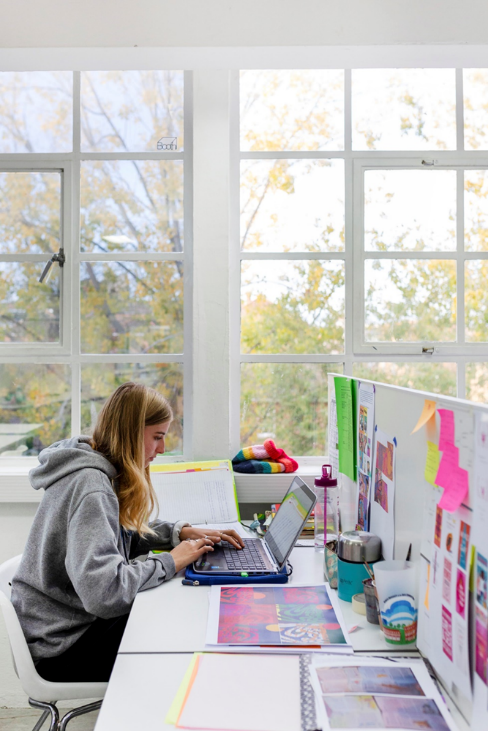
Our subject areas and RKE interests range from Fine Art, Textile Design and Fashion, through to Graphic Communication, Filmmaking, Animation and Games. Our innovation focus is Creative Computational Technology and our newest courses, co-developed with industry partners, are in User Experience Design, Games Development, Creative Computing and Creative Technology. The University is nationally and internationally recognised for expertise in Games Design and Communication Design education.
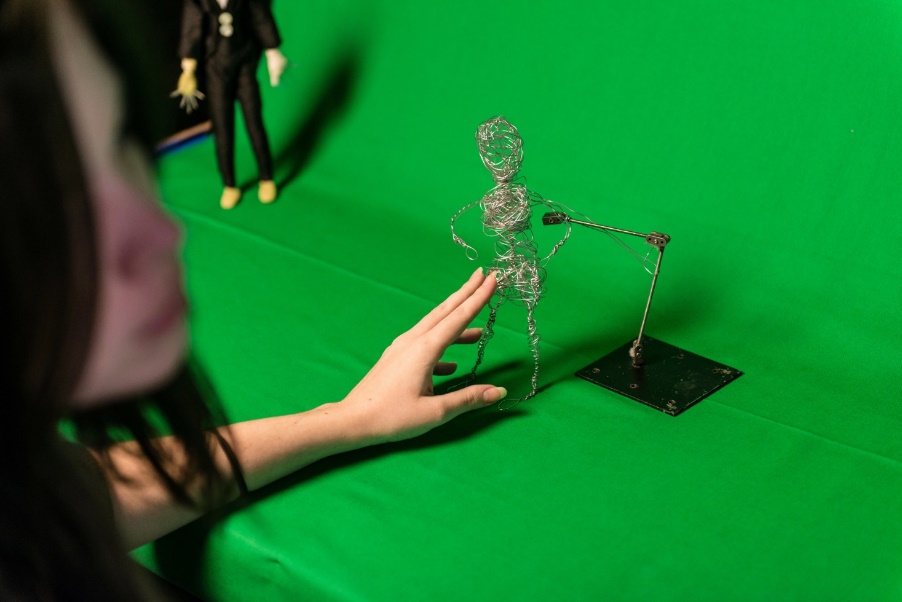
Norwich University of the Arts has significant expertise in creative pedagogy which it shares with creative teachers in the East of England, updating their industry knowledge through NEACO.

The University engages students and academics in consultancy projects, working with Associated British Foods, Broads Authority and many others.
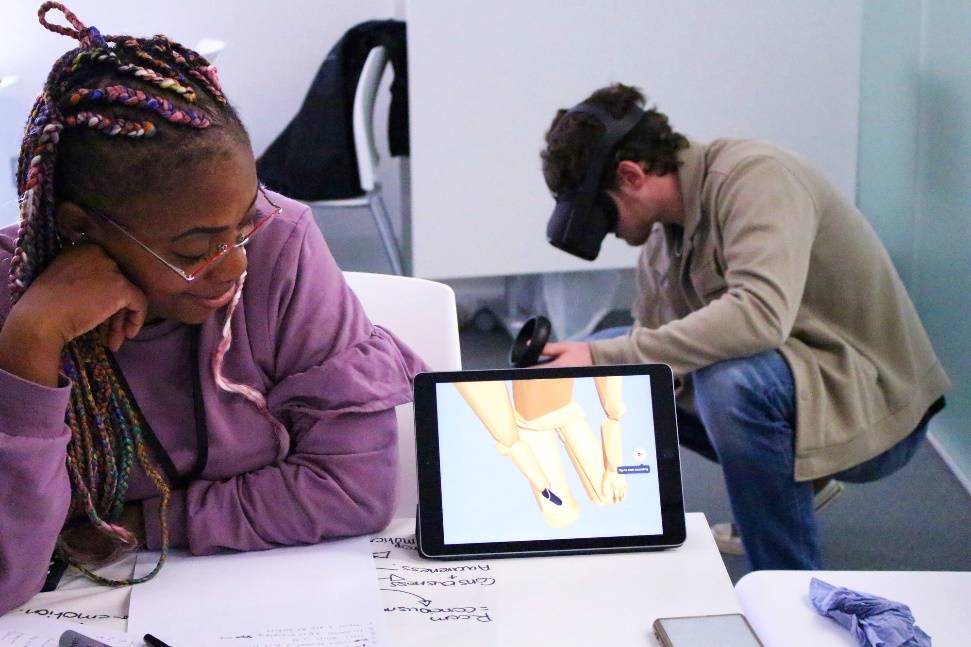
NUA participates actively in civic life, with senior leadership involvement in New Anglia Local Enterprise Partnership, the New Anglia Innovation Board, New Anglia Tech Board, Norfolk Museums Development Foundation. The University has led the New Anglia Creative Sector Group for over 10 years.
NUA partners national organisations, working at board level with Guild HE, UKADIA and in partnership with Arts Council England, Creative UK, BFI, BFC, UKIE, TIGA, and Screen Skills.
The University is an active participant in the development of regional economic strategy, championing creative industry and leading initiatives designed to accelerate growth and job creation in creative technology.
Our University strategy https://www.nua.ac.uk/about-nua/info-publication-scheme/governance/strategy/ states our belief that our ambitions can only be realised in Norwich. Norwich is the right place, with its radical history and enterprising spirit, a city in a region with significant potential and strong links to the big topics: agriculture, climate change, creativity, and technology We can unlock potential by developing the Creative Quarter, East Gallery and new Research Institutes that build on existing strengths and connect local and global challenges.
We have a valuable knowledge base and our work in Creative Technologies, Arts and Health and the Coastal Environment has achieved degrees of impact and change. As a small specialist institute, we are agile while rooted in place. We will fulfil our ambitions to make a difference to the city, the region and beyond and to show that creative thinking and practice can make breakthroughs, by investing in strategic partnerships and enhancing the quality and impact of our work.
Local Growth and Regeneration
Summary of approach
Driving the growth of creative industries, the regional economy, and connecting graduates to high quality employment, is a core objective for Knowledge Exchange at Norwich University of the Arts. The University is an active partner in our City and region, investing time knowledge and expertise in the development of their economic and cultural lives.
We focus on:
Regional economic growth – in creative industries and more widely
Building partnerships across sectors that address regional challenges
Supporting early stage creative start-ups through our alumni programme.
Investing leadership time in partnership organisations:
local government
creative and cultural partner organisations
businesses that benefit from creative problem-solving
Our commitment to Norwich; its built environment, commercial potential, investment in people and cultural life.
Aspect 1: Strategy
Norwich University of the Arts is a significant knowledge asset for the region, and a key player in regional economic and cultural strategy. The geographic areas of most important to us are:
Norwich
New Anglia LEP (Norfolk and Suffolk)
The East, reflecting partnerships with knowledge bases like John Innes Centre (JIC), Norfolk Museum Service and industry bodies like Royal Television Society East
The UK Creative Sector; we work with national organisations relevant to our specialisms, in order to inform and learn from national debate, and support the growth of key sectors for graduate employment and entrepreneurial activity
Our approach to these geographies uses KE to create high quality opportunities in our region for our graduate community. Although a significant proportion of our alumni - particularly those working in Games, Film, Animation and Digital Design- move to London and the Southeast to find work, the 21% of our graduates from a Polar 4 Q1&2 background cannot always do so. We are committed to developing career pathways in our own region.
An example of this approach is our Studio East project, 
We use KE to support graduate careers. This year we have developed a free 2 week programme for alumni, Graduate Academy, offering the chance to upgrade skills with introductions to new creative technologies that are transforming our industry.
This level of collaboration has enabled us to identify key issues and barriers to growth, informing our KE response.
Led by our new Vice Chancellor and the SMT, we invest in the strategic leadership of partner organisations. We work closely with New Anglia LEP, with senior involvement in the development of regional economic strategy and creative and cultural strategies, and representation on their Innovation Board and Digital Tech Council. We lead the New Anglia Creative Sector Group and developed the current regional Creative Sector Skills Plan.
The University works closely with the Norwich City Council Cultural Compact in developing a 30 year approach to the development of creative and cultural opportunities in the City, and in particular the development of the Norwich Creative Quarter, where the University is located.
Our strategy is to partner with organisations and knowledge bases with expertise that is complementary to ours, using regional partnerships to create national impact. Examples include our collaboration with John Innes Centre to communicate science developed in Norwich with potentially global reach, and our work with national organisation Hospital Rooms to transform the experience of long term users of residential mental health services in Norwich.
This approach connects us to key growth sectors in our region – ICT, Biotech, Agritech, AI and Advanced Manufacturing. It enables us to understand the issues and challenges in our region and the wider creative sector, which, in turn, informs our own innovation and KE response.
Creative computational technology is at the forefront of our innovation and we have recently expanded our Creative Science course offer as an agile response to regional industry demand, to include BSc Creative Computing, BSc Creative Technology, three short courses and a Level 5 Diploma in Creative Coding to complement our established BSc programmes in Games Development and UX Design. This approach has been developed in response to the New Anglia Sector Skills Plans, and insights from our close working with regional industry partners. We have used the Virtual Production and Studio East projects to bring international insight to the region to inform our approach. This has laid the groundwork for a new RKE institute in Creative Science, building our expertise, our international network and reputation as a knowledge base in an area where the UK already has competitive advantage.
At a national level, we work with specialist creative organisations and trade bodies, for example Creative UK, UKIE, TIGA, CHEAD, UKADIA, and AIXR.
Recently, with relatively modest investment from the Smaller Providers Fund we have catalysed these partnerships and more actively explored how creativity can impact our communities and economy, and how creative and design thinking can turn science and innovation into jobs for the region’s growing knowledge-based economy.
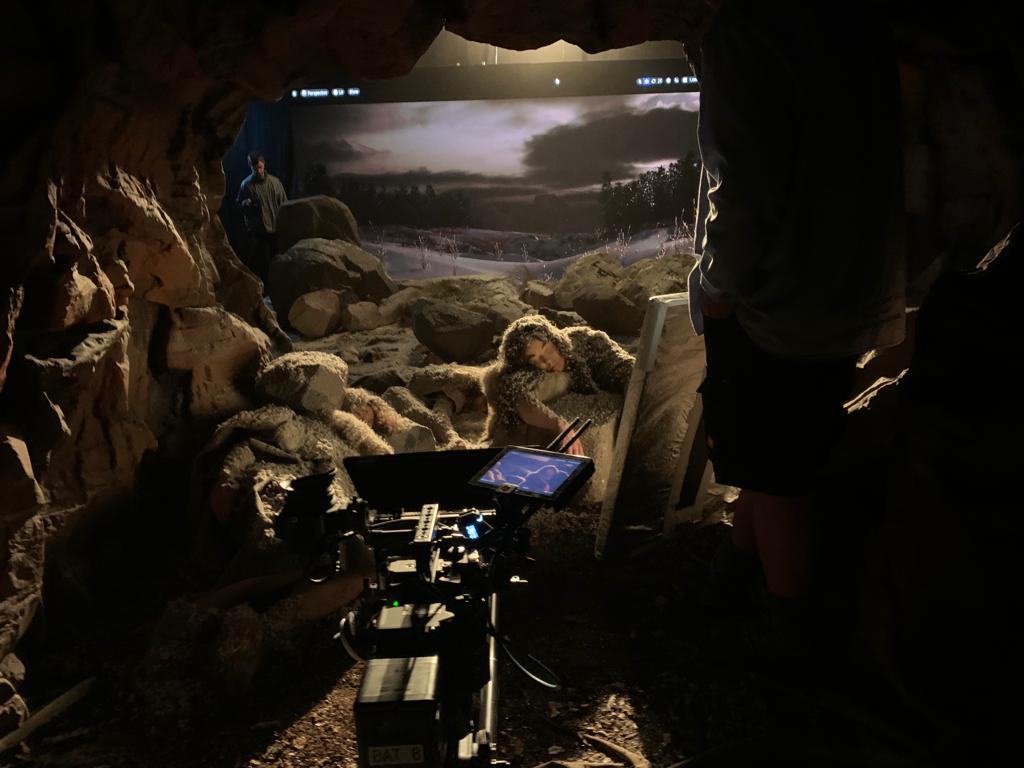
Aspect 2: Activity
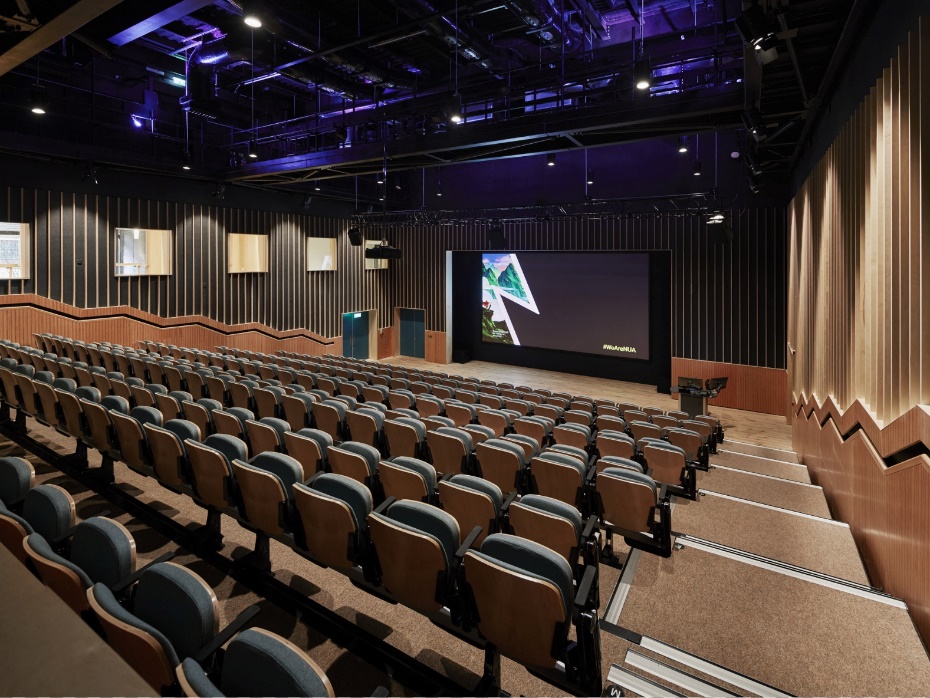
Most recently we have opened the Duke Street Riverside building which includes a technology-enabled production theatre. We built a new riverside plaza - an accessible public space transforming a derelict area of the city centre.
NUA has worked in partnership with private investors to build city centre student accommodation, in response to the city’s need to free up capacity in housing for families. It will connect students to the facilities they need and has leveraged £10 million of private investment in Norwich.
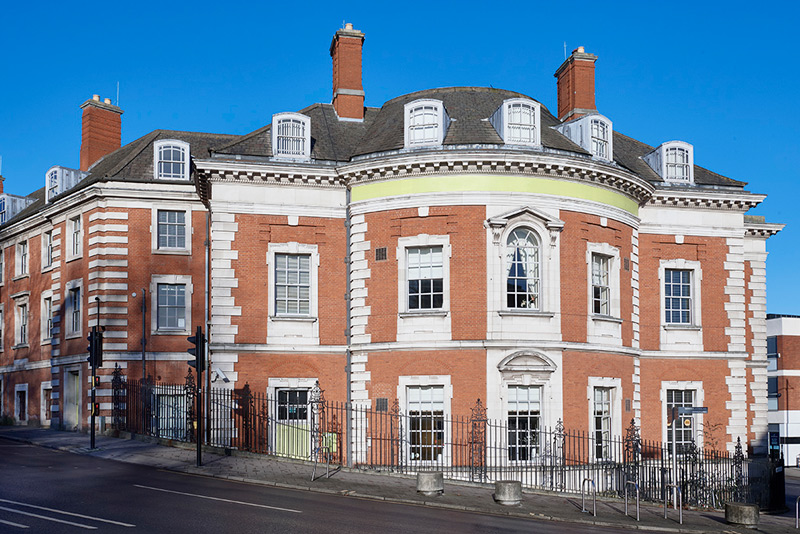
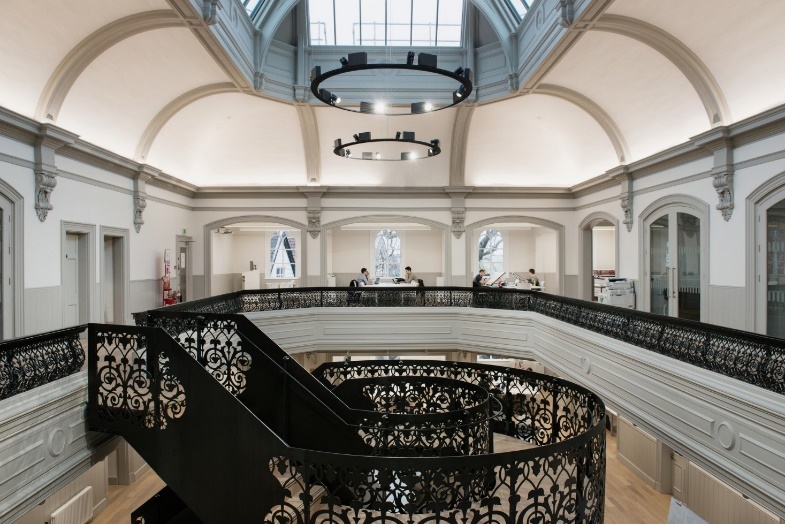
NUA supports the creative and cultural life of the city, working with the New Anglia Cultural Board, Norwich Heritage Alliance, Norwich Contemporary Art Society, East Anglia Art Fund, and graduate-led social enterprises like Print to the People and Outpost Art Collective.
Each year we collaborate with the Norfolk and Norwich Festival and sponsor the Norwich Festival of Light. In 2019 we sponsored ‘First Light’ a new festival which aims to regenerate Lowestoft, engaging staff and students in design support for the new programme. The University sponsors and hosts Norwich Film Festival.
Each summer, the University opens its doors to the public for our UG and MA Degree shows, inviting 5000 visitors to explore the campus, enjoying student work from all courses across Art, Design, Architecture and Media. In 2020 we launched an online Graduate Showcase https://nuagradshowcase.com which enables businesses to identify the graduates they need to build their teams.
The University’s East Gallery shows new work by contemporary artists,
including Ryan Gander and the Singh Twins. It exhibits internationally
renowned artists such as Anthony Caro and Grayson Perry. By offering
free access to the public, active use of social media and invitations to
our communities to make work in response to what they have seen, we use
the Gallery to open conversations about issues with major societal
impact. In the last 2 years, we have welcomed 8400 visitors to East
Gallery. 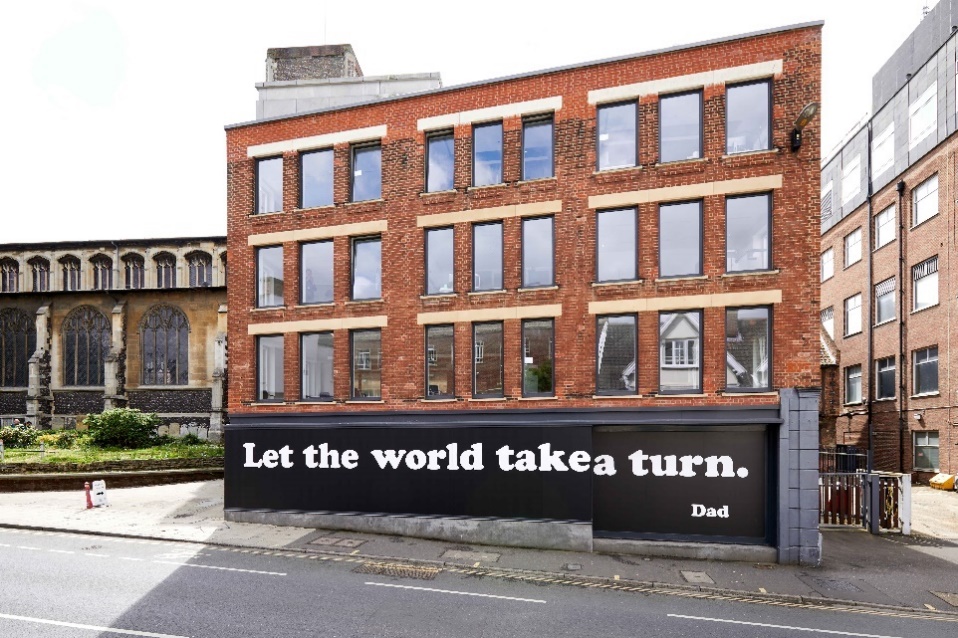
In 2019 and 2020 the University was funded initially by the LEP and subsequently the EIRA partnership to deliver innovative cohort-based internship schemes supporting the growth of creative micro businesses, and retaining creative digital skills in the region.
Norwich University of the Arts worked with the LEP and County Councils to develop to the New Anglia Covid Recovery Plan. We co-delivered the ‘Invest East’ project, regenerating and rebuilding the Digital Creative Sector, and developed in response to surveys we had carried out with business partners throughout and after the pandemic.
At a national level, the University is represented on the boards of UKADIA, Guild HE, CHEAD and works in partnership with Arts Council England, Creative Industries Federation, UKIE, TIGA, and Screen Skills.
In the last 2 years, funding from the UKRI Smaller Providers Fund (UKRI has enabled two major projects designed to deliver local growth and regeneration:
1. Graduate Academy
In this project we scoped a short refresher course for creative graduates as they develop their careers. The objective, based on consultation exercise with our alumni community is to:
Improve graduate outcomes, particularly in highly skilled work
Meet the needs of creative and technical SME’s in the region so that they can continue their post-Covid recovery
Kick-start graduate business start-up, which has been adversely affected by lockdown
The work in 2021/22 consisted of a quantitative and qualitative research project amongst recent graduates to ascertain which new skills would help them optimise their career development approach and any areas of the Employability and Entrepreneurship curriculum they would like to recap.
Our approach was informed by our annual internal study, the Graduate Outcomes Predictor Study, carried out in January of each year to understand the challenges faced by our newest alumni and the ways in which we can continue to support them as they transition to work. We have incorporated insight from our wider KE programme, particularly in the way that creative roles are changing as a result of technological advance.
This year we have developed the course in more detail and will deliver it to graduates for the first time in September 2023. The course is likely to focus in two areas:
The acquisition of higher-level digital skills, particularly coding, which are in demand across the region and particularly in the tech sector. The move to digital design and delivery has been catalysed by the pandemic, and recent graduates across all creative disciplines need to upskill urgently to take advantage of this opportunity.
Business start-up coaching. The last two graduating cohorts have not formed businesses in the way that previous graduates have, because they were too isolated from one another during lockdown to do so
2. Studio East
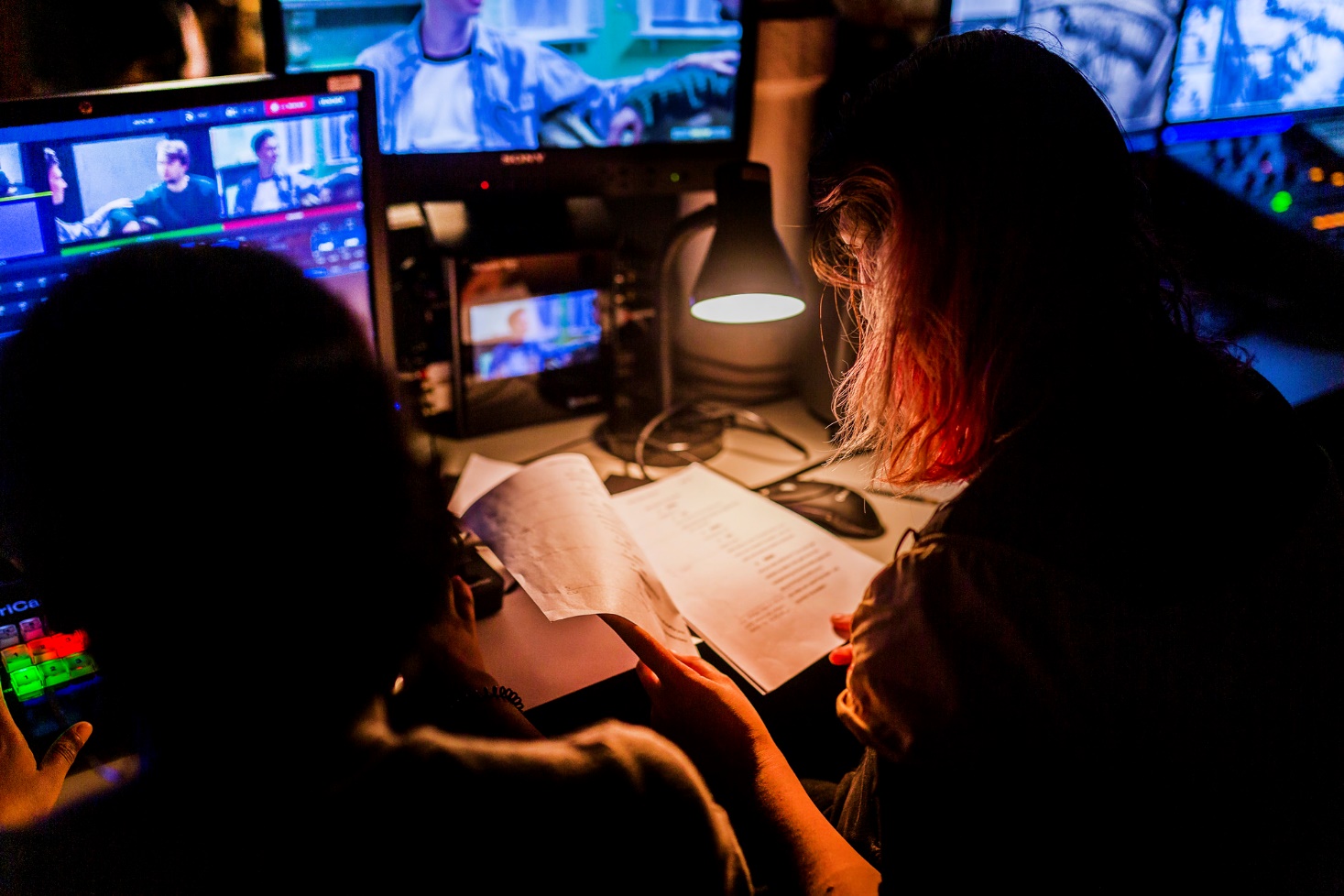
Using the Smaller Provider Fund, and working alongside public sector economic development partners, the Studio East project assembled a team of academics at Norwich University of the Arts with knowledge and experience of screen industry, who developed concepts with the potential to step change the appeal of Norfolk as a location for screen production. The concepts covered areas such as:
The creation of an entirely net zero production facility
The potential for a production facility with a built-in educational partner, offering in-work training and a ready-made crew
The potential to offer in house virtual production, clustering businesses that offer coding in Unreal Engine, VFX, Animation etc as a one-stop-shop
The potential to offer volumetric asset capture in combination with traditional screen production
Research was carried out by consultancy Time and Space Co, specialists in film production, amongst 30 international commissioners of production, mostly located in the USA.
The project concluded that the offer of a tech-enabled screen
production facility, incorporating an academic partner for teaching and
R&D, would significantly affect the appeal of Norfolk as an industry
location.
The net zero question, whilst important, was, for production
commissioners answered by offering new technology which obviates the
need for travel within a production schedule. For the industry
respondents, the role of an education partner was paramount, in that the
rapid adoption of new technology is creating the need for existing
industry professionals to update their skillset, and, in turn, the
opportunity for CPD provision. The project also identified a potential
site for such a facility in Norwich, close to appropriate transport
infrastructure.
In the second year of the project, the role of the educational partner
and facility development are being scoped in more detail as a commercial
business case.
Aspect 3: Results
Our contributions to regional economic strategy have resulted in Digital Creative industry being identified as a focus area for growth. The Studio East project is cited as a high priority for regional development. Our work on Studio East has resulted in a jointly held road map for the University and public sector colleagues for the accelerated development of the screen sector in Norfolk. It has the potential to create 4450 new jobs for Norwich’s knowledge-based economy.
At a business level, regional businesses such as October Films have been able to more than double their teams as a result of supported graduate internship schemes and partnership working through the Film and Moving Image course. Our new resources in creative technology will result in Norwich being one of the most forward-facing places for screen-based innovation in the UK. We expect these new facilities to enhance our attractiveness as a KE partner in this sphere. They will serve as a springboard for new course innovation to ensure that we are supplying graduates with the skills to drive industry forward in terms of creative possibilities and sustainable practice.
Our support for the alumni community, in parallel with our work to achieve sustainable growth in the regional creative economy has seen an increase of 21% in highly skilled employment over the last 3 years. The biggest increases have been in subjects linked to creative computational technology – evidence that co-creation with industry partners meets business need across our region.
The results of our activity are communicated through NUA and Alumni social media networks and partner platforms such as Create Growth, New Anglia LEP and LinkedIn groups like Hot Source which gives us access to 2000 creative entrepreneurs in the Eastern region. We are regular contributors to Visit Norwich and Visit Norfolk, jointly promoting the Visitor Economy.
The Studio East research has been shared at regional film sector events co-hosted with Norfolk County Council.
Public & Community Engagement
Summary of approach
Public and Community Engagement is an important element of Norwich University of the Arts’ knowledge exchange (KE) Strategy.
Our approach is driven by three objectives:
accelerating the growth of creative industry and our regional economy, with the ultimate goal of connecting graduates to high quality employment
activating positive economic and societal change through creative practice
building sustainability and resilience for the University and wider community
We work with partners through:
Consultancy in design and media, often integrated into teaching and learning.
Working with business and public sector partners to achieve common goals.
Support for graduate business start-up
Support for our alumni community
Sharing University facilities with community partners
Diversifying our offer for different learners through short courses and outreach activity
Aspect 1: Strategy
Norwich University of the Arts’ strategy (2022-2027) sets out our ‘ambition to become the place where the future of creativity is most passionately engaged.’ https://www.nua.ac.uk/about-nua/info-publication-scheme/governance/strategy/
This ambition is rooted in partnerships and place – we build
partnerships grounded in the communities in our region, with potential
for national, sometimes global impact. Our recent work in KE,
collaborating with the John Innes Centre (JIC) and regional innovators
in screen and VFX has stretched the potential for Norwich University of
the Arts to co-deliver economic and societal impact.
In the last two years we have used the UKRI Smaller Providers Fund (SPF)
to catalyse partnerships built over several years, developing projects
with maximum impact for our communities and economy. We are committed to
the role of creative practice in identifying, understanding and
addressing global challenges.
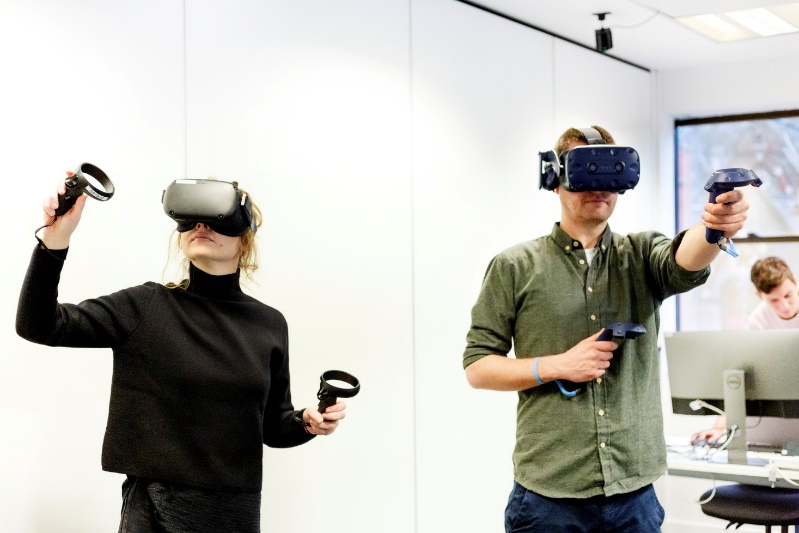

Our Innovation Partnership with JIC is an example of our place-based strategic approach – identifying an internationally important knowledge base in our region whose own aims would be furthered through collaboration with our specialist creative community. The project saw academics and students co-create a consumer proposition with potentially global reach and positive results for human health. We applied our knowledge in communication design to an innovative pea snack ‘The Pea’ with the potential to prevent and even reverse type 2 diabetes.
Our Industry Collaboration with October Films and Lexhag VFX was designed in response to a screen industry-wide, international issue highlighted through the Creative Sector Group – that mid-budget production needs to find ways to adopt emerging creative technology in an effective and affordable way. Through the project we have identified barriers to adoption and industry skills gaps. We piloted new ways of working and began the process of disseminating our learning. A generation of students will graduate with knowledge in cutting edge practice that will advance the capacity of the teams they join.
Designed in response to the 2020 Norfolk Film Assets Study, commissioned by Norfolk County Council, our Studio East project partnered with Norfolk County Council, Norwich City Council and the LEP inward investment and economic development teams to design a blueprint for screen-based business growth in Norfolk. This would transform our ability to retain graduates and accelerate industry based R&D. The initiative generated creative technical knowledge and we transformed our screen-based technical facilities incorporating virtual production facilities, 360 screen technology and volumetric asset capture. The new facilities will serve as a springboard for new course innovation ensuring that our graduates drive industry forward in terms of creative possibilities and sustainable practice. It will also offer opportunities for industry R&D.
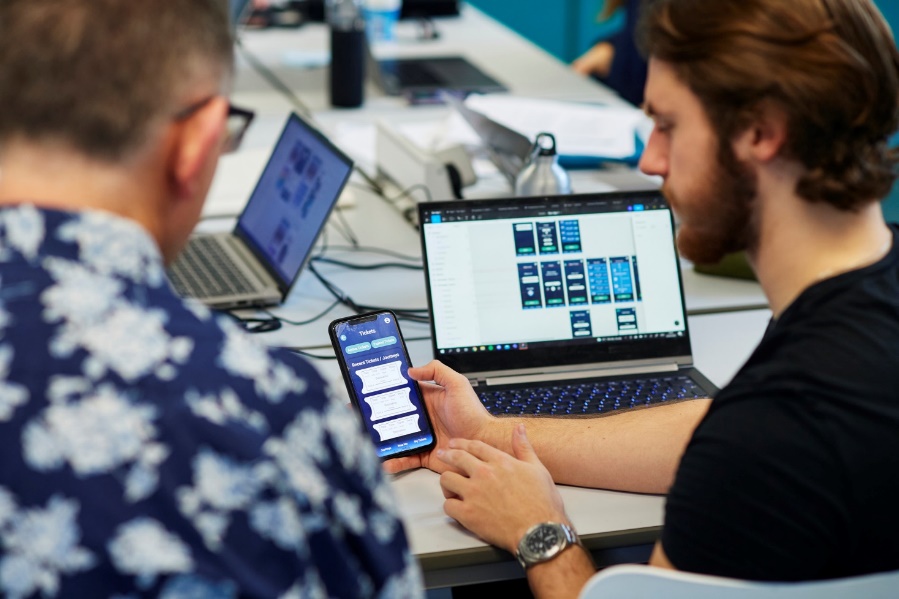
Aspect 2: Support
Norwich University of the Arts is a small specialist institution; a community of 3000 students and staff. Academic staff choose from research, KE or teaching innovation pathways. Many creative academics start as industry professionals, so we ensure that all new starters understand the basics of KE and how they can participate. Our structure of readers and professors in the academic structure offers career development through KE practice.
The University’s Research and KE programme is led by a Dean of RKE and steered by a Research and KE Committee drawing membership from across the University. EDI is a standing item on this committee, and a lens through which we assess each intervention.
KE is managed through the Research and KE team, specifically the KE and Entrepreneurship Manager who reports to the Director of Innovation and Engagement. KE initiatives are initiated either through the central RKE team or through the academic programmes. The academic pathways are designed to allow for crossover; strategic projects commonly include aspects of KE and practice-based research.
The KE and Entrepreneurship Manager is a single point of contact for external organisations, responsible for project management and funding body liaison.
In the last two years, most projects have been resourced through:
The UKRI Smaller Providers Fund (SPF), which was designed to boost the role that small specialist HEIs could play in post-Covid economic recovery.
Funding from New Anglia LEP or Norfolk County Council
University internal funding of academic time.
Recently the University has received significant AHRC funding which will underpin our RKE programme, acting as a springboard for future bids.
Our team will shortly add a social media professional who will build our community engagement through a network of potential partners across sectors. We communicate opportunities to collaborate through our website and the many industry networks in which we are active participants.
Many partners hear about our KE approach through the New Anglia Innovation Board, New Anglia Creative Sector Group, New Anglia Tech Board, New Anglia Connected Innovation Programme, and through our board membership of many partner organisations for example Norwich Bid, the Chamber of Commerce and informal creative industry networks like Hot Source.
Since 2013 students from across our course portfolio have been involved in projects ranging from consultancy Associated British Foods to collaboration with the John Innes Centre, or the co-creation of commissions for Channel 5. Their involvement is underpinned by employability support.
Aspect 3: Activity
Our Public and Community Engagement programme focusses on the delivery of our core objectives:
accelerate the growth of creative industry and our regional economy and connect graduates to high quality employment.
activate positive economic and societal change through creative practice.
build sustainability and resilience for the University and wider community.
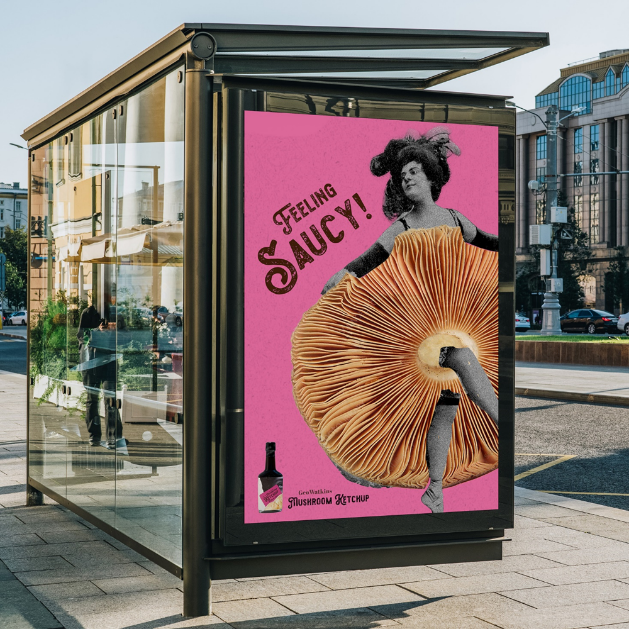
We offer design consultancy integrated into live course briefs. In the last three years we have worked with Associated British Foods (ABF), Flexifoil Games, Mirus Aircraft Seating and Glyndebourne.
Collaborative industry-based R&D with regional business

Building a dog in game engine - Amelia Sturdy, BA Games Arts and Design
VP has been the preserve of Hollywood blockbusters like Mandalorian - for mid-range filmmakers like October, VP appears desirable but unachievable; it requires the skillset of a game designer, is labour intensive and costly. The adoption of VP was accelerated by the pandemic, and the UK is viewed internationally (source: AHRC 2022) as a powerhouse for this creative technology.
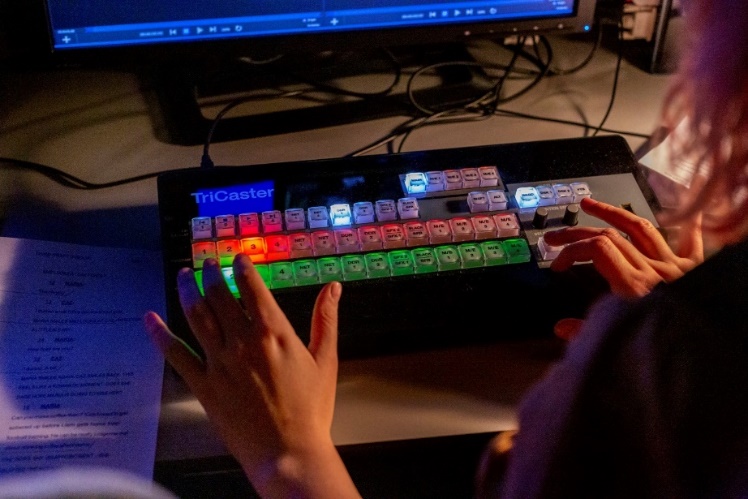
A team of academics and graduating students from Games, Animation, and Film worked with the industry team to scope and deliver the project. The result is a documentary narrated by Steve Backshall taking the form of a natural history film – but the world it describes is computer generated. Our animation team created woolly mammoths and sabretooth tigers by modifying open-source animal rigs. This approach is much cheaper and quicker than building and grooming a creature from scratch – and in combination with film-making expertise can appear effective on screen. An environment team created an ice world background, designing rocks and trees that cleverly blended with ‘real’ footage captured on location..
The project process was documented in a digital resource for use with students, currently staff to update industry knowledge and other businesses that want to adopt the same approach.
October and Lexhag offered graduate roles to six of the students involved in the project. Working in this agile, dynamic way has proved an effective way for screen businesses to develop R&D.
Innovation partnership with regional knowledge bases
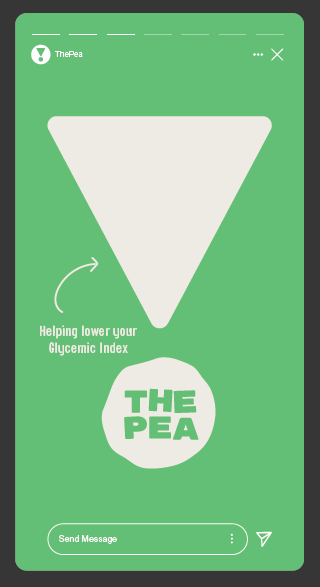
The importance of the pea science raised the aspiration of the KE team, highlighting the positive impact creative design can make. JIC identified the importance of involving creatives early in the innovation process and have initiated an MOU with the University as communication design partner to future projects. This year we will apply our learning to two further innovations at Norwich Research Park. The project has communicated the importance of Norwich University of the Arts a creative and design knowledge base to other research organisations such as the Quadram Institute.
Our project has been documented in a digital learning resource for use with future student cohorts, offering them a competitive edge in securing high quality employment.
The Pea will be launched as a whole pea snack, by a business led by PhD students from UEA.
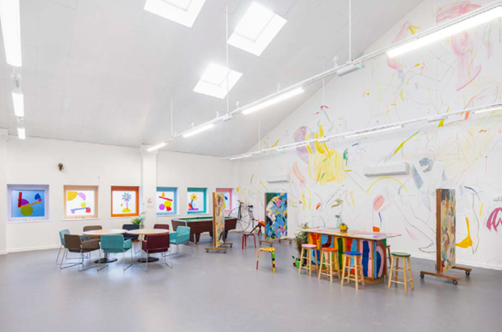
Norwich University of the Arts is in partnership with Hospital Rooms, a national organisation co-creating art with users of mental health in-patient services that transforms the healthcare environment. Our work at Northside House in Norwich involved artists including Associate Professor Carl Rowe, France-Lise McGurn, Norwich University of the Arts’ graduate Jade Montserrat, and Turner prize-nominated artist Dexter Dalwood. The projects were funded by the University, Norfolk and Suffolk NHS Foundation Trust, and Arts Council England. They evidence the power of creative arts to build a fair and creative city, where wellbeing leads to inclusion, changing lives for the better.

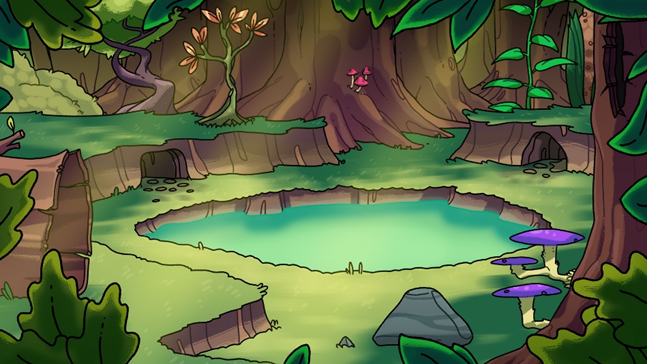
In collaboration with the Psychology team at University of Essex we assessed the effectiveness of innovative ASMR animations as a resource that could help young people to positively manage their mental health, and found they were effective in creating the conditions for better sleep and dealing with anxiety. https://www.youtube.com/watch?v=_7MSyKYel6o&t=37s
Aspect 4: Enhancing practice
Further development of our evaluation practice is a focus for the University.
Our KE programme is reviewed by SMT within the Operating Plan, sharing progress with academic and professional services staff at termly University Development Days.
SPF initiatives are discussed each term with the University’s KTN mentor and reported annually to UKRI.
Other less formal, but effective are our approaches to embed learning and knowledge dissemination from KE:
We created reusable digital learning resources from the JIC Pea project and Virtual Production collaboration which inform staff CPD, enhance student learning and share insight with the regional creative community.
We regularly review project progress with partners, and annually agree our collaborations should develop. This is leading to less transactional, more strategic partnership working.
Our progress in innovating a regional proposition for screen industry acceleration has been assessed by Time and Space Co, specialist consultants in the field who researched our concepts with 30 international commissioners of screen-based content.
Students use our Profile Digital platform to log involvement in KE, linking it to development of the ten employability skills. This links their experience to our employability approach to employability and enables students to contextualise learning within career development planning.
Aspect 5: Building on success
As a small specialist institution, our processes for managing and monitoring of KE are rooted in ongoing user-centred dialogue with partners. The programme is monitored monthly by the Dean of RKE and annually as a set of targets and KPI’s in the University’s Operating Plan. We also share KE progress with national industry bodies like TIGA and UKIE.
The University monitors our effectiveness in growing graduate opportunities through the Graduate Outcomes data, which has shown 21% increase in ‘highly skilled employment’ in the last 3 years. We monitor new opportunities in creative technology through New Anglia Tech Board and Norfolk County Council annual surveys.
Each KE intervention is assessed by the KE team and ultimately the University’s SMT on completion. This year, for example, the evaluation of our internship scheme concluded that whilst highly effective for the graduates and businesses involved, it was an expensive activity in terms of breadth of impact. In response, we developed the ‘Graduate Academy’, a programme of top-up learning and employability preparation delivered in through in-person and reusable digital resources. This will offer tailored support more efficiently to many more graduates.
We have disseminated learning from collaborative screen-based R&D through New Anglia Creative Sector Group and Film Industry events co-hosted with Norfolk County Council, in order to maximise the adoption of new creative technology across our region.
Highlights from key projects are presented to the New Anglia Innovation board (quarterly) and the region’s Connected Innovation group. This has enabled us to build out from projects like the JIC collaboration to open conversations with other specialist knowledge bases in our region.
Note You are currently viewing the latest version of this narrative statement. View the previous version as published in previous iterations of the KEF (KEF1 and KEF2)